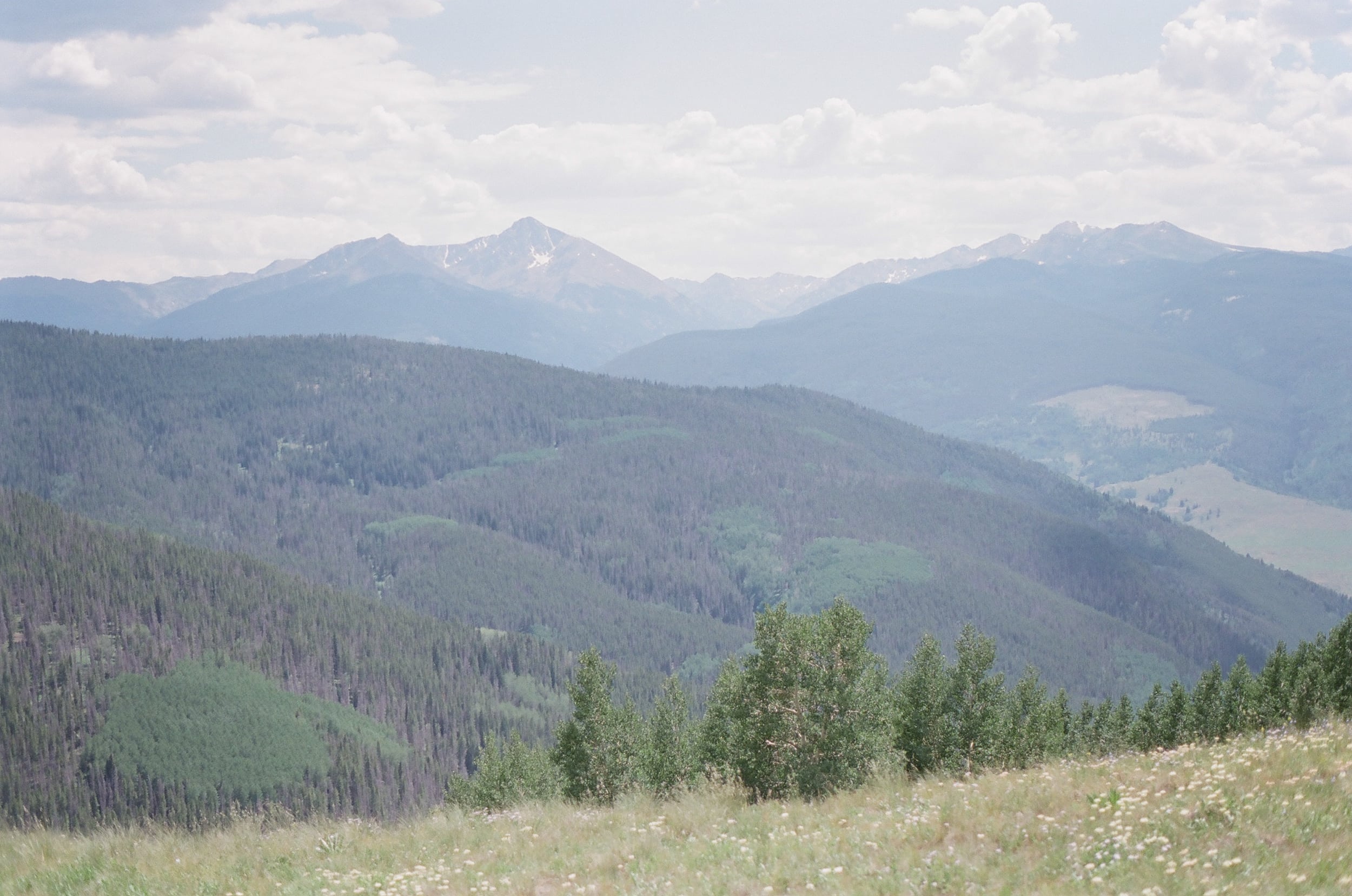Have you ever wondered what it would be like to stand on a mountaintop, breathing thin air and surrounded by breathtaking views? If so, then you’ve probably considered visiting Vail, Colorado, the renowned ski destination nestled high in the Rocky Mountains. But just how high are we talking? What is the altitude of Vail, Colorado, and what does that mean for you as a visitor? Let’s delve into the world of elevation and discover what makes Vail such a unique, and sometimes challenging, place to experience.

Image: www.tamaragruner.com
Vail’s altitude plays a crucial role in its identity. It shapes the landscape, the climate, the flora and fauna, and even the way visitors feel. Understanding this altitude is essential for planning a trip, preparing your body, and maximizing your enjoyment of this alpine paradise.
A Mountainous Paradise at 8,150 Feet
Vail, Colorado, boasts an elevation of 8,150 feet, placing it firmly within the mountainous region known as the Rocky Mountains. This altitude immediately sets Vail apart from many other popular destinations, influencing the climate, the landscape, and even the atmosphere.
The Impact of Altitude
The high altitude has a significant impact on Vail’s environment and the experience for visitors. Here are some key considerations:
- Thin Air: The air thins considerably at higher altitudes, meaning there’s less oxygen available. This can cause mild altitude sickness in some people, manifesting as headaches, fatigue, shortness of breath, and dizziness.
- Climate: Vail’s altitude directly affects its climate. Winters are long and snowy, with temperatures often dropping well below freezing. Summers are short and cool, with temperatures rarely rising above 80 degrees Fahrenheit.
- Landscape: The high altitude creates stunning vistas, with towering peaks, lush forests, and alpine meadows. The terrain is rugged and challenging, perfect for skiing, snowboarding, hiking, and mountain biking.
- Flora and Fauna: The unique environment at this altitude supports a diverse ecosystem, including alpine wildflowers, coniferous forests, and a variety of wildlife, such as elk, deer, and marmots.
Altitude Sickness
Altitude sickness is a real concern for many visitors to Vail, especially those unaccustomed to high altitudes. The thinner air at 8,150 feet can lead to a decrease in oxygen levels in your blood, causing a range of symptoms. Here’s what you need to know:
- Symptoms: Symptoms of altitude sickness can range from mild to severe. Common symptoms include headache, fatigue, dizziness, nausea, and shortness of breath. More severe cases can develop into high altitude pulmonary edema (HAPE) or high altitude cerebral edema (HACE).
- Preventing Altitude Sickness: To prevent altitude sickness, it’s essential to ascend gradually, allowing your body to acclimatize to the thinner air. This means avoiding strenuous activities for the first few days and staying hydrated.
- Treating Altitude Sickness: If you experience mild altitude sickness symptoms, try resting, drinking plenty of fluids, and avoiding alcohol and caffeine. If you experience severe symptoms or if symptoms worsen, seek medical attention immediately.

Image: elevation.maplogs.com
The Thrill of High Altitude
While altitude sickness can be a concern, the high altitude of Vail also offers unique advantages, contributing to the town’s appeal as a world-renowned destination.
Outdoor Adventures
The rugged terrain and stunning views make Vail a paradise for outdoor enthusiasts. Here are just a few reasons why:
- Skiing and Snowboarding: Vail is famous for its world-class skiing and snowboarding. The high altitude guarantees abundant snowfall and long ski seasons.
- Hiking and Mountain Biking: Vail is a hiker’s paradise, with countless trails offering breathtaking scenery. In the summer, mountain bikers flock to Vail for challenging climbs and exhilarating descents.
Panoramic Views
Vail’s high elevation affords panoramic views that are simply breathtaking.
- Iconic Views: Standing on the top of a mountain in Vail, you’ll be treated to panoramic views of the surrounding mountains, including the Gore Range, the Sawatch Range, and the Elk Mountains.
- Sunsets and Stargazing: Vail’s altitude means you can experience some of the most spectacular sunsets you’ve ever seen. The thin air also enhances stargazing, revealing a vast and shimmering night sky.
Getting Acclimated to the Altitude
Remember, altitude sickness is a common concern in Vail, especially for those who aren’t accustomed to high elevations. Here’s how to get acclimated and enjoy your trip:
- Gradual Ascent: It’s best to avoid strenuous activities for the first few days after arriving in Vail. Give your body time to adjust to the thinner air and to acclimatize gradually.
- Hydration: Drink plenty of fluids, especially water, to stay hydrated and help your body acclimate.
- Listen to Your Body: If you feel any symptoms of altitude sickness, rest, avoid caffeine and alcohol, and drink plenty of fluids. If you experience severe symptoms or if symptoms worsen, seek medical attention immediately.
What Is The Altitude Of Vail Colorado
Embracing the Altitude
While the altitude of Vail presents some challenges, it also provides countless opportunities for adventure and breathtaking beauty. By understanding the impact of altitude, preparing your body, and embracing the unique experience it offers, you can fully enjoy your time in this stunning mountain paradise.






